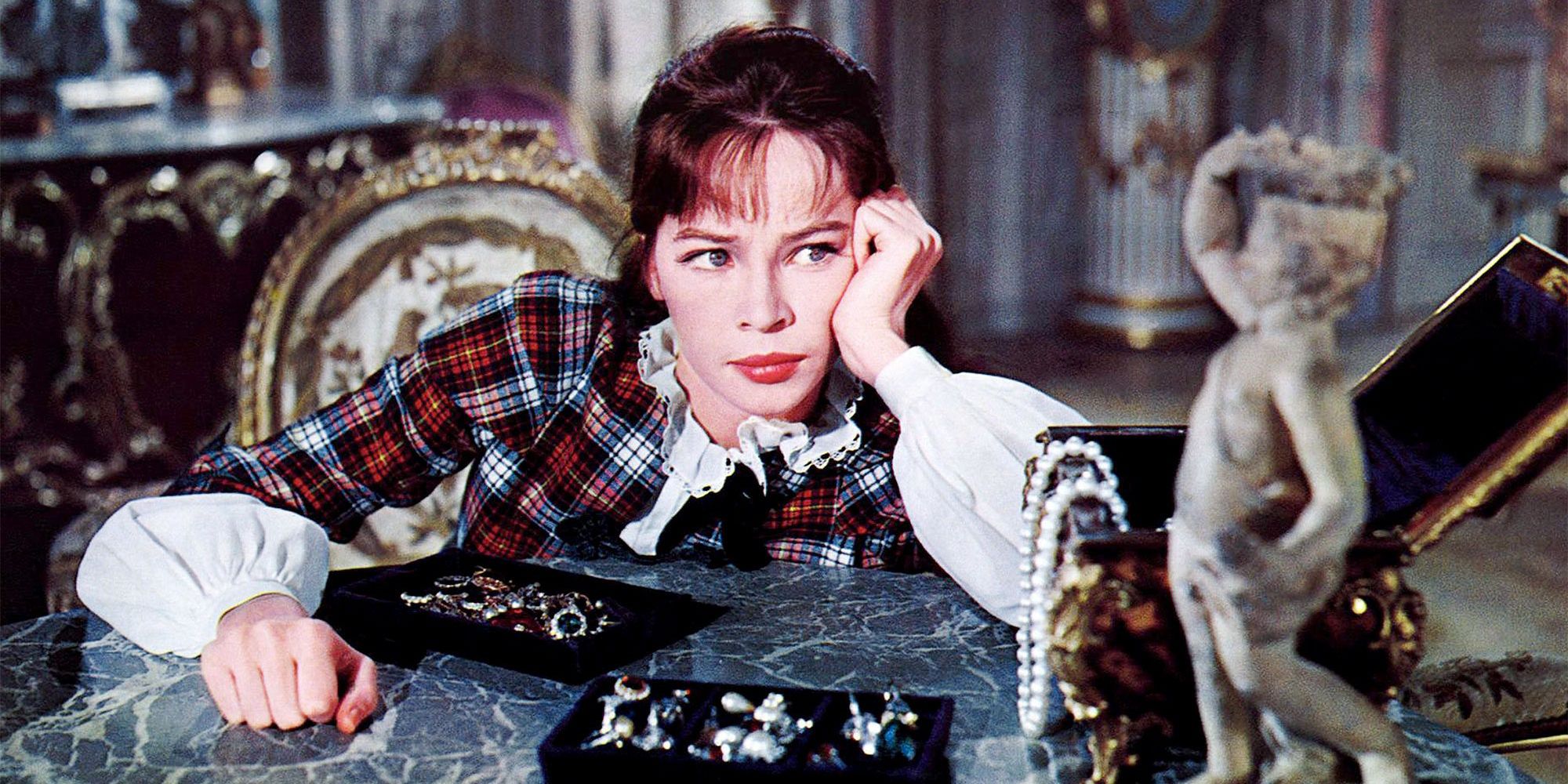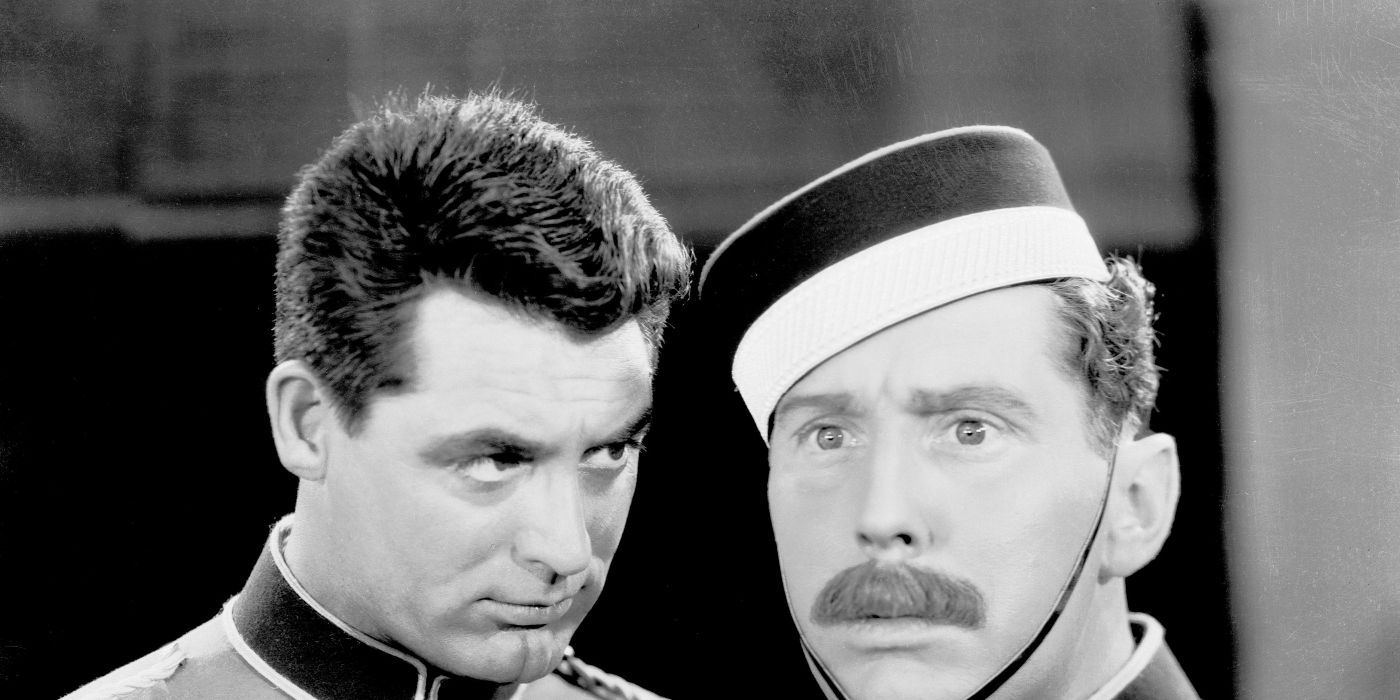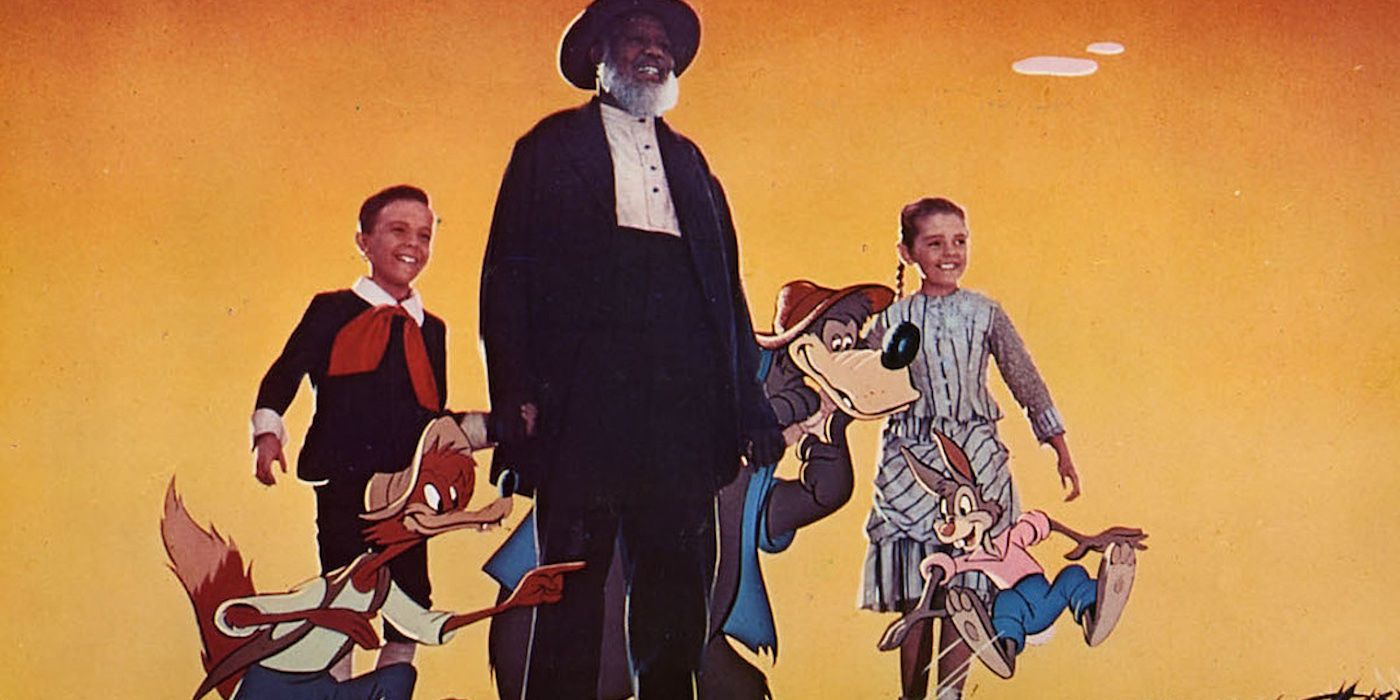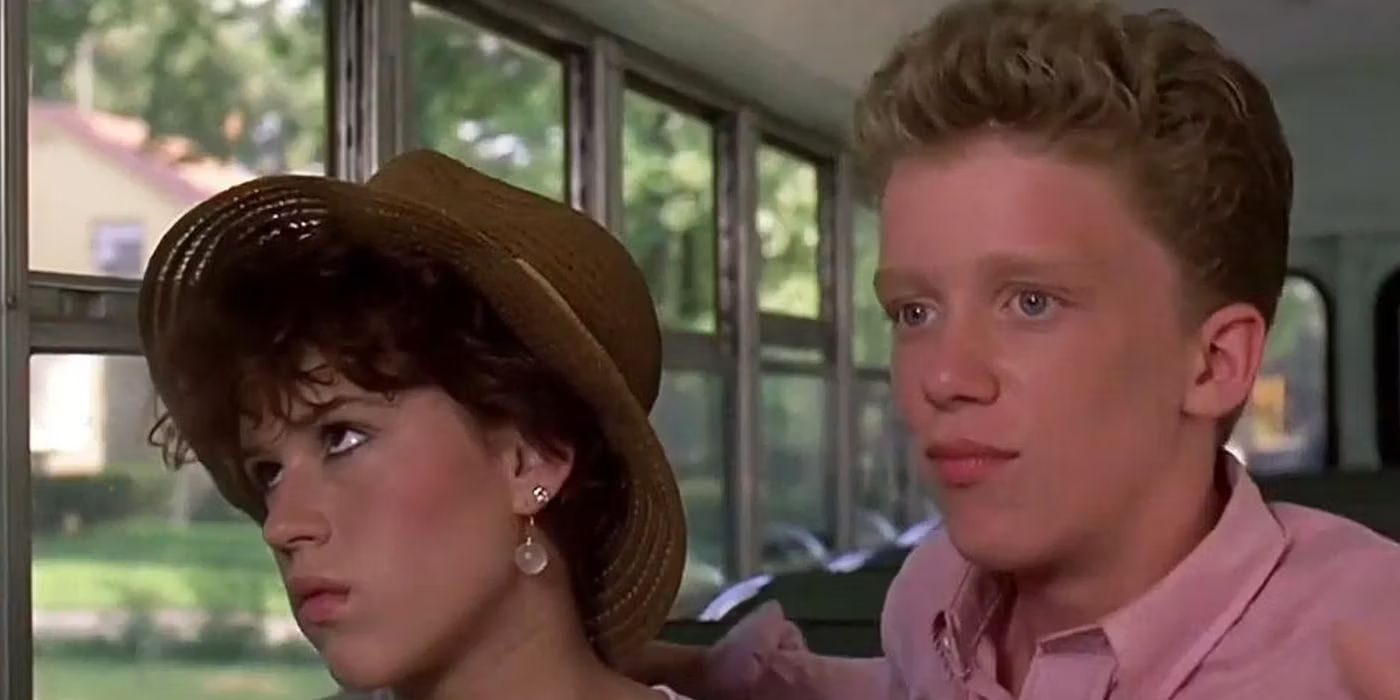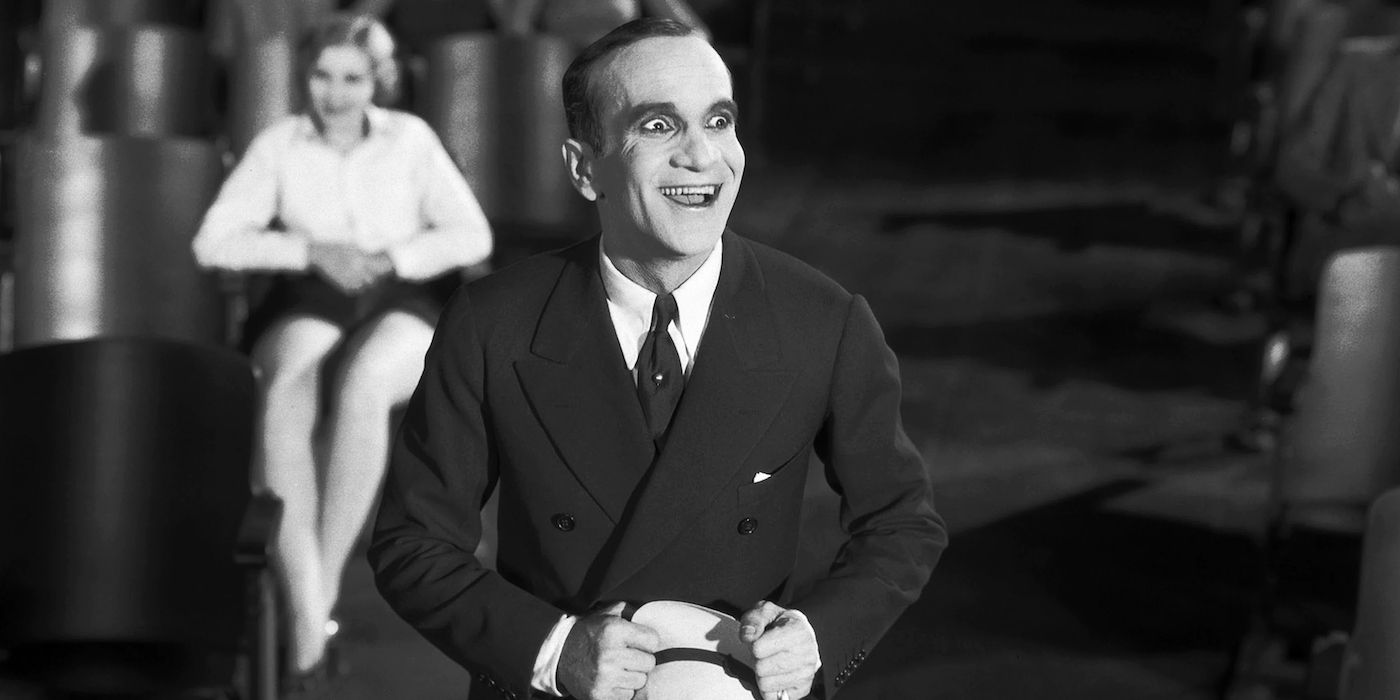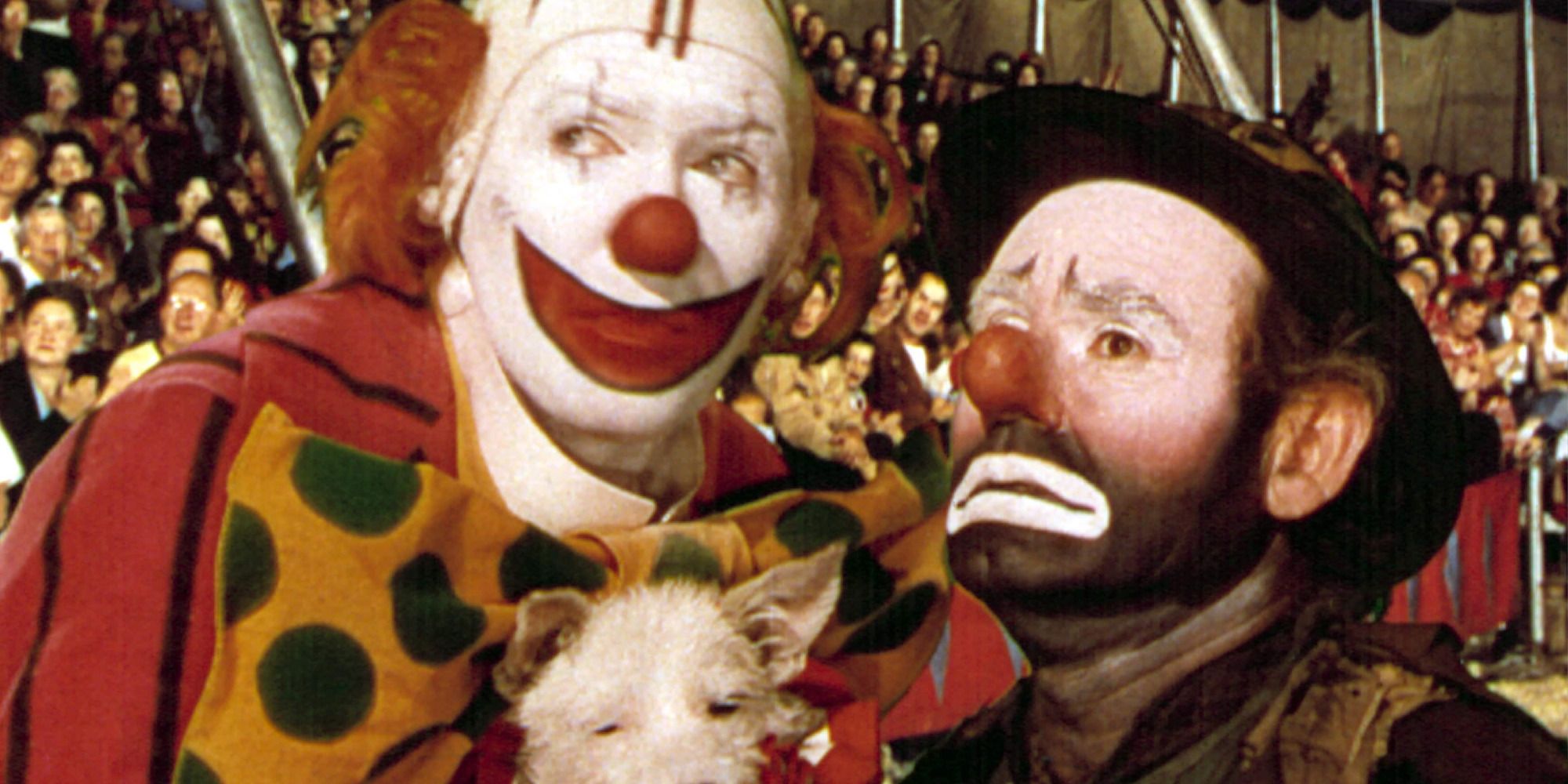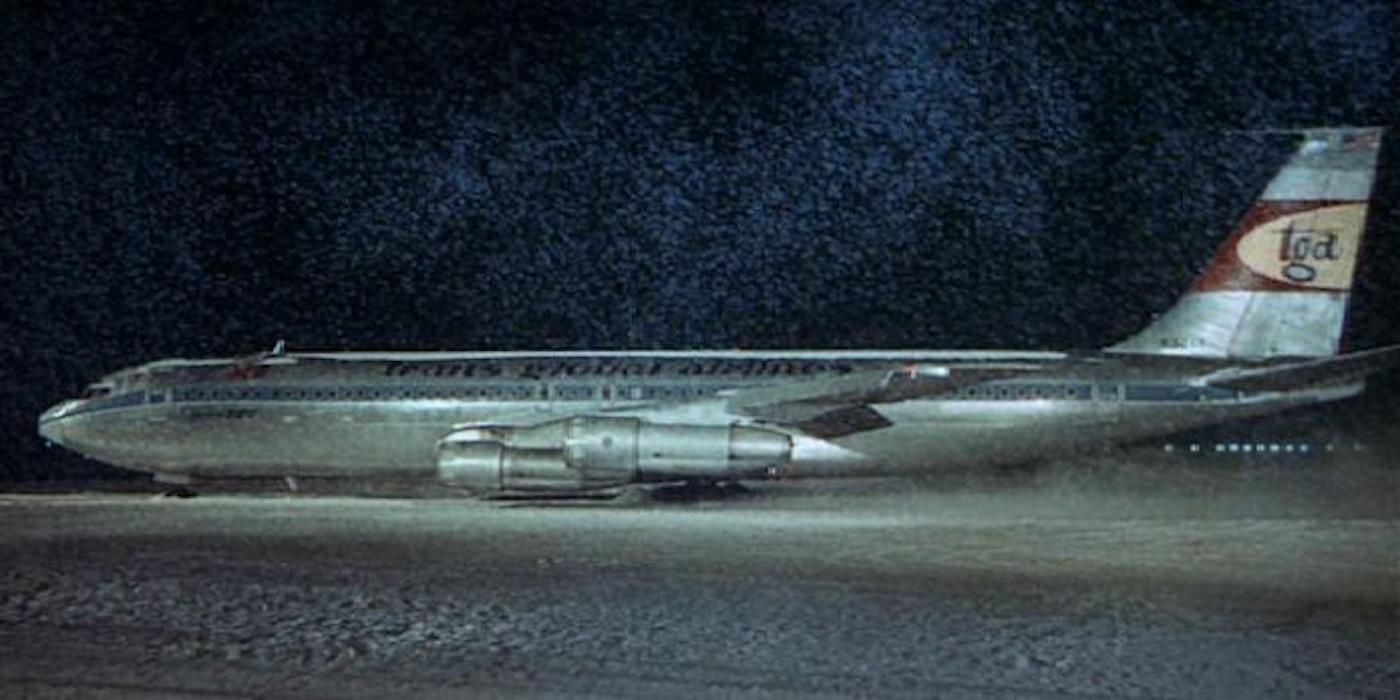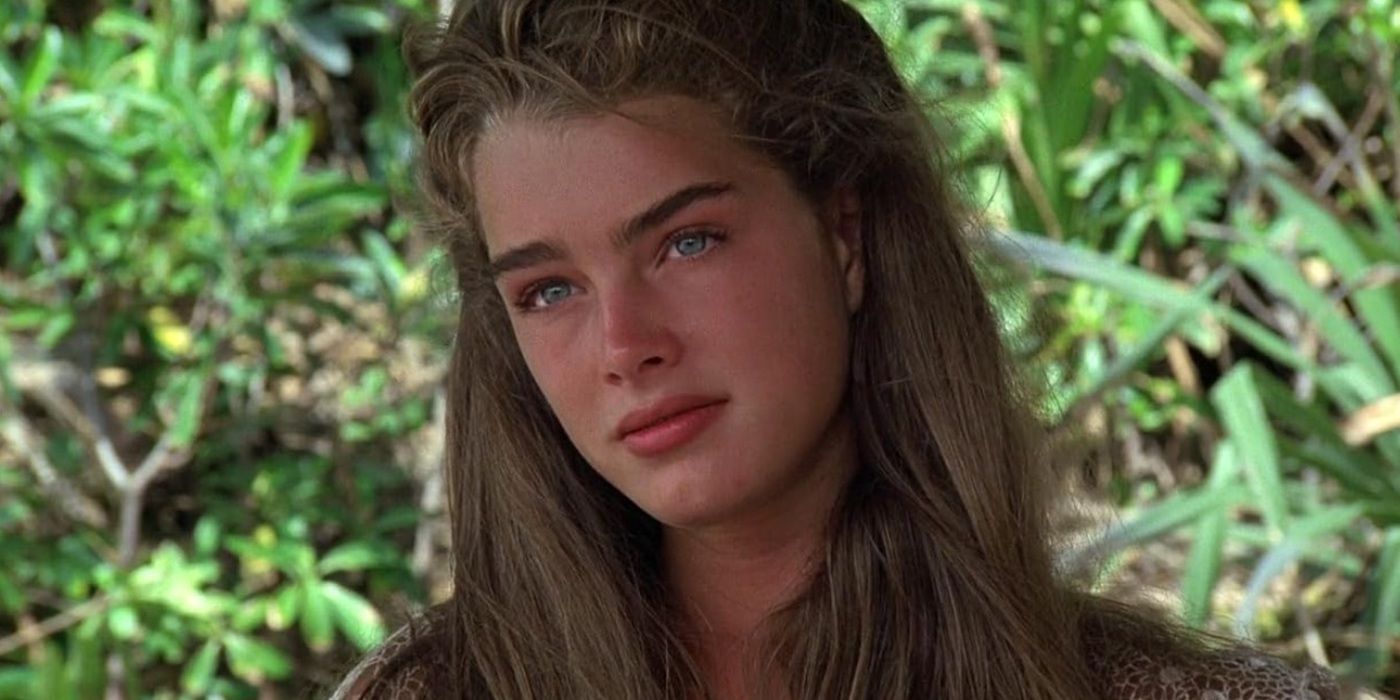Many films age badly, for understandable reasons. After all, what’s funny to one generation is offensive to the next, and a story that’s compelling in 1970 might feel dull and unrelatable in 2025. With this in mind, this list looks at some movies that were popular or acclaimed in their day, but are tough to sit through now.
We should always be careful when commenting on the people of the past. After all, future generations will almost certainly judge us harshly for our actions, too. Still, even if we’re being generous, the films below are…not great. They may have won Oscars, made millions at the time, or launched entire genres, but modern audiences are more likely to see them as case studies in what not to do.
10
‘The Birth of a Nation’ (1915)
“We’ll fight to the last man, sir!” Once hailed as a pioneering work, The Birth of a Nation is now remembered more for its vile racism than its innovations. It was the first American film to be screened at the White House, and its technical achievements were indeed groundbreaking for their time. Unfortunately, this ingenuity was all in service of glorifying the Ku Klux Klan and demonizing Black Americans. This approach was controversial even at the time, and has only curdled further with time.
The Birth of a Nation is now a grim historical artifact: a movie that helped mainstream white supremacist ideology while shaping the visual language of cinema. The sheer craft involved, including cross-cutting, grand battle scenes, and inventive narrative structure, only makes the film’s message more disturbing. In this regard, the film has much in common with Leni Riefenstahl‘s similarly technically innovative Nazi propaganda movie, Triumph of the Will.
9
‘Gigi’ (1958)
“Thank heaven for little girls, for little girls get bigger every day!” A lavish MGM musical with gorgeous costumes, charming songs, and a storyline that has aged like milk. Gigi tells the tale of a young girl being groomed to become a courtesan in Belle Époque Paris. Simultaneously, she’s being courted by a much older man who essentially decides when she’s “ready.” It won nine Oscars, including Best Picture, but today, Gigi feels less romantic and more uncomfortable.
The film isn’t totally without merit. There are several strong performances and a lot of visual splendor. The songs are catchy, too, but when one of them includes the line “Thank Heaven for Little Girls,” it’s hard not to recoil a little. The entire narrative arc hinges on the idea that a teenage girl’s value is defined by her availability to wealthy men and that her transformation into an ideal partner is a charming rite of passage.
8
‘Gunga Din’ (1939)
“You’re a better man than I am, Gunga Din!” A classic boys’ adventure film with painfully dated undertones, Gunga Din was once considered a rousing tribute to loyalty and bravery. It does feature several solid set pieces and thrilling escapes, which have been praised by directors like Steven Spielberg and Rian Johnson. But its depiction of India is cartoonishly exotic, and its racial politics are unwatchably retrograde. The Indian characters are either subservient caricatures or villainous cultists, and Sam Jaffe, a white actor, plays the titular Indian water bearer in brownface.
Indeed, Gunga Din is a jingoistic romp where imperialism is heroic and the colonized are barely characters at all. Worse still, it leans heavily on Kipling-esque mythology that casts British occupiers as benevolent saviors taming a savage land. Modern audiences are unlikely to view this as anything other than propaganda, complete with dated humor, outdated moral framing, and a galling lack of cultural respect.
7
‘Song of the South’ (1946)
“Oh my, what a wonderful day!” Disney has all but disowned Song of the South at this point (it’s not available on Disney+, for instance). Despite its catchy tunes, the film has been accused of whitewashing plantation life in the Reconstruction-era South and trafficking in racial stereotypes. For example, Uncle Remus (James Baskett), the story’s central character, is portrayed as an ever-smiling font of folktale wisdom, seemingly content in his second-class status. Through him and many other characters, the film presents a romanticized version of race relations that feels surreal in its denial of historical reality.
Again, this isn’t to say there is nothing creative or well done in this movie. Some songs are great, and many of the performers do a fantastic job, but the problems are hard to ignore. The Black characters are frequently sidelined, infantilized, or depicted as subservient, and the movie suggests that everything was just fine as long as everyone stayed in their place.
6
‘Sixteen Candles’ (1984)
“What’s happenin’, hot stuff?” It’s a beloved teen movie, but try watching it now without wincing. Sixteen Candles is packed with not-so-subtle racism, assault played for laughs, and a generally mean edge. Long Duk Dong (Gedde Watanabe), the film’s Asian caricature, is a cruel punchline in every scene, played with a gong, a funny voice, and zero empathy. While Watanabe and director John Hughes have said that the character wasn’t meant to be offensive, it’s still fairly wince-inducing now.
Plus, the subplot involving a passed-out girl being handed off to another guy is disturbing at best, and yet it’s treated like romantic comedy gold. Even Molly Ringwald herself has expressed discomfort about the film’s content in retrospect. Nostalgia can only carry a movie so far, and this one collapses under the weight of its worst instincts. What once seemed quirky and rebellious now feels deeply irresponsible. Sixteen Candles now demonstrates how fast cultural norms can shift, and how gems can rapidly become cringeworthy.
5
‘Cleopatra’ (1963)
“How DARE you and the rest of your barbarians set fire to my library!” It’s long, lavish, and legendary, though not entirely for the right reasons. Cleopatra was once a Hollywood fairy tale of epic proportions, boasting a then-astronomical budget and the scandalous romance of Elizabeth Taylor and Richard Burton. But the film is bloated, slow, and steeped in outdated ideas of exoticism and whitewashed casting. Sure, the aesthetics are great, the definition of maximalist, but they’re erected upon a flimsy, overlong story, and the glacial pacing only adds to the disconnect.
It’s four hours of historical spectacle that forgets to be engaging, moving, or even, at times, coherent. Cleopatra‘s extravagance is undeniable, but its entertainment value has largely crumbled into cinematic dust. The grandeur delighted theater-goers in 1963, but modern viewers will probably be immune to it. These days, Cleopatra is more interesting as a symbol of Hollywood excess than as a story worth watching.
4
‘The Jazz Singer’ (1927)
“Wait a minute, wait a minute. You ain’t heard nothin’ yet!” The first feature-length talkie is an undeniable landmark in film history, but that doesn’t mean it’s enjoyable now. The story of a young man torn between tradition and modernity has potential, but it’s buried under the weight of painfully offensive performance choices. The Jazz Singer is infamous for its use of blackface, with Al Jolson performing musical numbers in minstrel makeup as part of his character’s journey.
Even in its time, it was a controversial choice. Today, it renders the film nearly unwatchable outside of academic settings. Jolson’s delivery of lines like “You ain’t heard nothin’ yet!” holds nostalgic weight, and the movie’s narrative structure inspired many films to follow. Nevertheless, the characters feel kind of distant, and the plot is a little hard to connect to now. It’s one case where historical significance doesn’t equal enduring quality. The Jazz Singer is a museum piece; a film to be studied, not enjoyed.
3
‘The Greatest Show on Earth’ (1952)
“You’re going to live to be 100, and keep your trapeze act.” Now frequently ranked among the worst Best Picture winners, The Greatest Show on Earth is a literal circus of kitsch and outdated spectacle. Outrageously, it received Oscar gold over the likes of High Noon and The Quiet Man. It was overrated then, and it’s an outright bore now. The flick is loud, long, and stuffed with melodrama that hasn’t aged gracefully. Charlton Heston hams it up as the gruff ringmaster, but the real star is the train crash sequence, a technical marvel in its day, but hardly enough to sustain interest in 2025.
The film treats the circus like the pinnacle of human achievement. Today, it’s hard to watch a lion tamer crack a whip without thinking about the animal and its existence in this loud, grubby world. In the end, The Greatest Show on Earth is a movie that mistakes scale for substance and ends up feeling like a bloated relic.
2
‘Airport’ (1970)
“You can’t do that to a priest! That’s sacrilege!” Airport kicked off the disaster movie craze of the 1970s, but it’s a tough sit today. Its slow pace, wooden dialogue, and outdated gender dynamics make it feel like cinematic molasses. The film juggles multiple storylines (none of them particularly compelling by today’s standards) and spends more time in conference rooms than in the air. Helen Hayes won an Oscar for her performance as a stowaway, but even that feels more like a novelty than a triumph.
The tone veers between unintentional comedy and stiff melodrama, never landing on solid ground. Despite its outsized influence on this subgenre, Airport is mostly just a clunky, overlong exercise in tedium. You keep waiting for takeoff, but it never really leaves the ground. Crazy to think this was a runaway hit in 1970, grossing a then staggering amount of $128m against a budget of just $10m.
1
‘The Blue Lagoon’ (1980)
“We’re married now. That’s what people do when they love each other.” Originally marketed as a sensual survival romance, The Blue Lagoon is now generally viewed in a negative light, both for some narrative missteps and its borderline exploitative treatment of Brooke Shields. The movie tells the story of two cousins stranded on a tropical island, gradually exploring sexuality in complete isolation. Shields was just 14 during filming, and the way her body is depicted has sparked controversy for decades.
Even with a body double in place for more explicit scenes, the tone and framing are bound to make modern viewers uncomfortable. Beyond its creepy overtones, The Blue Lagoon is simply slow, stilted, and tonally bizarre. It wants to be poetic and primal, but ends up feeling trite and hollow. It tries to be an honest portrait of burgeoning sexuality, but winds up being a slice of melodrama with little of interest to say.



